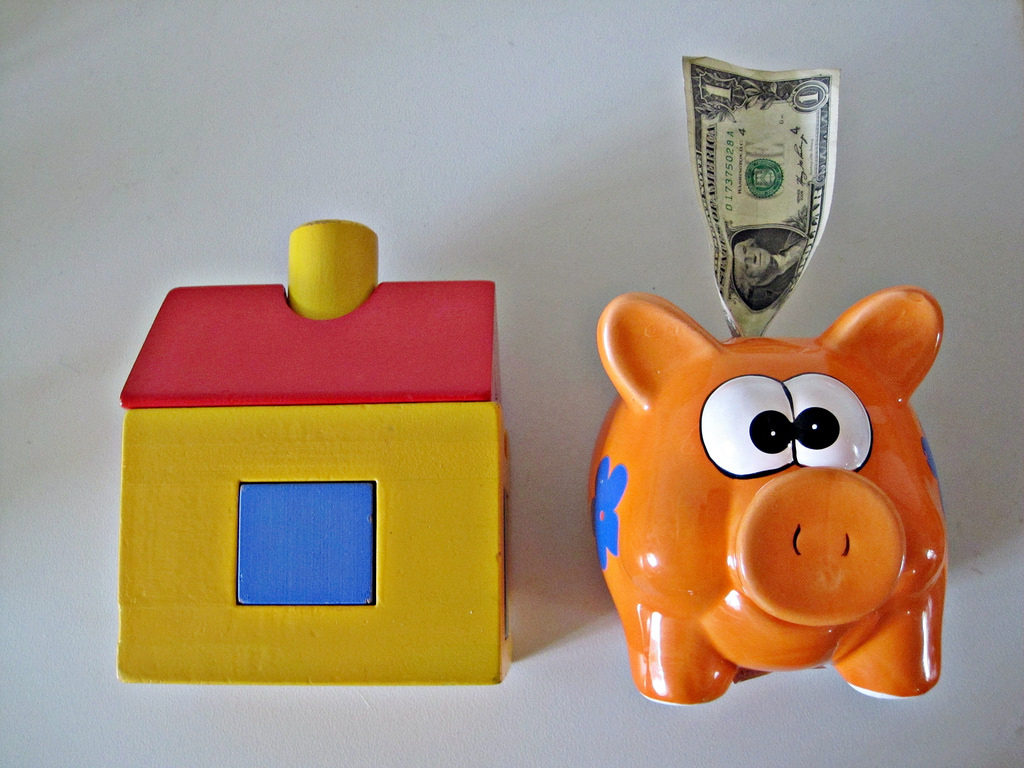Investing in real estate is one of the best decisions you can make. A recent feature of CNBC reveals that 36% of people in the U.S. consider real estate the best long-term investment. It shouldn’t be surprising since the value of real estate appreciates.
Nonetheless, keep in mind that not every property will automatically yield high returns. Experienced investors understand that. But novice real estate investors don’t. They often get enticed by rock-bottom real estate prices. Sadly, those properties can sometimes lead to poor investment outcomes.
To avoid such pitfalls, it’s important to look beyond the initial purchase price of a property. Financial key metrics can help provide a clearer picture of a property’s true potential. They will help you decide between a lucrative investment and a money pit.
That said, here are three essential metrics every savvy investor should consider when evaluating real estate properties.
Key Metric 1: Cash Flow
Cash flow is a catch-all term. It is often used to describe the net amount of money a property generates after all expenses have been deducted from the total income. It’s a critical measure of a property’s financial health and investment viability.
Cash flow can be of two types—positive and negative. Positive cash flow means the property’s rental income is adequate to cover both operational expenses and debt service.
Say a property generates $150,000 in rental income and incurs $50,000 in debt service and $75,000 in operating costs. The residual cash available for distribution would be $25,000, which is a positive figure.
Negative cash flow, on the other hand, signifies that rental income less operating expenses and debt payment equals a negative amount. Now, suppose $100,000 was the rental income for the same property, but $25,000 was the debt service and $80,000 operating expenses. The cash flow available for distribution would be $5,000. While it might be fine for a short period of time, it is not good for sustained periods.
Key Metric 2: Capitalization Rate
The capitalization rate—or the cap rate—is one of the most fundamental metrics in real estate investment. It refers to the rate of return on a property based on its NOI or net operating income.
NOI is the revenue generated from the property, such as rental income, after subtracting operating expenses, such as maintenance and taxes, from income. The capitalization rate—or the cap rate—is one of the most fundamental metrics in real estate investment.
Buyers, RealtyMogul explains, use the cap rate to discover if they are getting a good bargain on a home they want to buy. This is done by comparing the home to previous sales prices of similar properties in the market. Calculating the cap rate is straightforward: all you have to do is divide the NOI by the property’s purchase price.
Here’s an example to help you understand the capitalization rate. If a property’s purchase price is $500,000 and generates an NOI of $50,000 annually, the capitalization rate would be 10%.
Recent findings from Statista disclosed that retail real estate had the highest cap rates, followed by offices, in the U.S. in 2023. Keep in mind that the higher the capitalization rate, the better the ROI. It often comes with a higher risk, however. Meanwhile, a lower cap rate suggests a safer investment, but the potential for returns is low.
Key Metric 3: Return on Investment
Return on Investment (ROI) is a key performance metric used to evaluate an investment’s efficiency and profitability. ROI, to put it simply, is a metric that investors across all asset classes use to assess and compare investment performance. It’s the proportion that compares your net profit from an asset to what you paid.
Data suggests that the median yearly return on real estate in the United States was 8.6% in 2023. Commercial properties generated an average annual return of 9.5%, and real estate investment trusts 11.8%. Meanwhile, the average yearly return on residential properties on residential properties was 10.6%.
Calculating ROI is easy—divide the annual profit by the total investment cost and multiply by 100 to express it as a percentage. That is to say, if you purchase a property worth $200,000 and it generates an annual profit of $20,000, the ROI would be 10%.
ROI includes rental income minus expenses like maintenance, property management, taxes, and mortgage interest. You can, thus, decide if you should purchase a particular real estate.
Overall, when it comes to evaluating real estate properties, it’s important to look beyond their price tags. The key metrics discussed above will provide a comprehensive view of a property’s financial performance. You will, thus, be able to decide whether a particular real estate will be a worthy investment or not.
When you integrate these metrics into your buying process, you will make an informed decision, ultimately building a profitable real estate portfolio.



